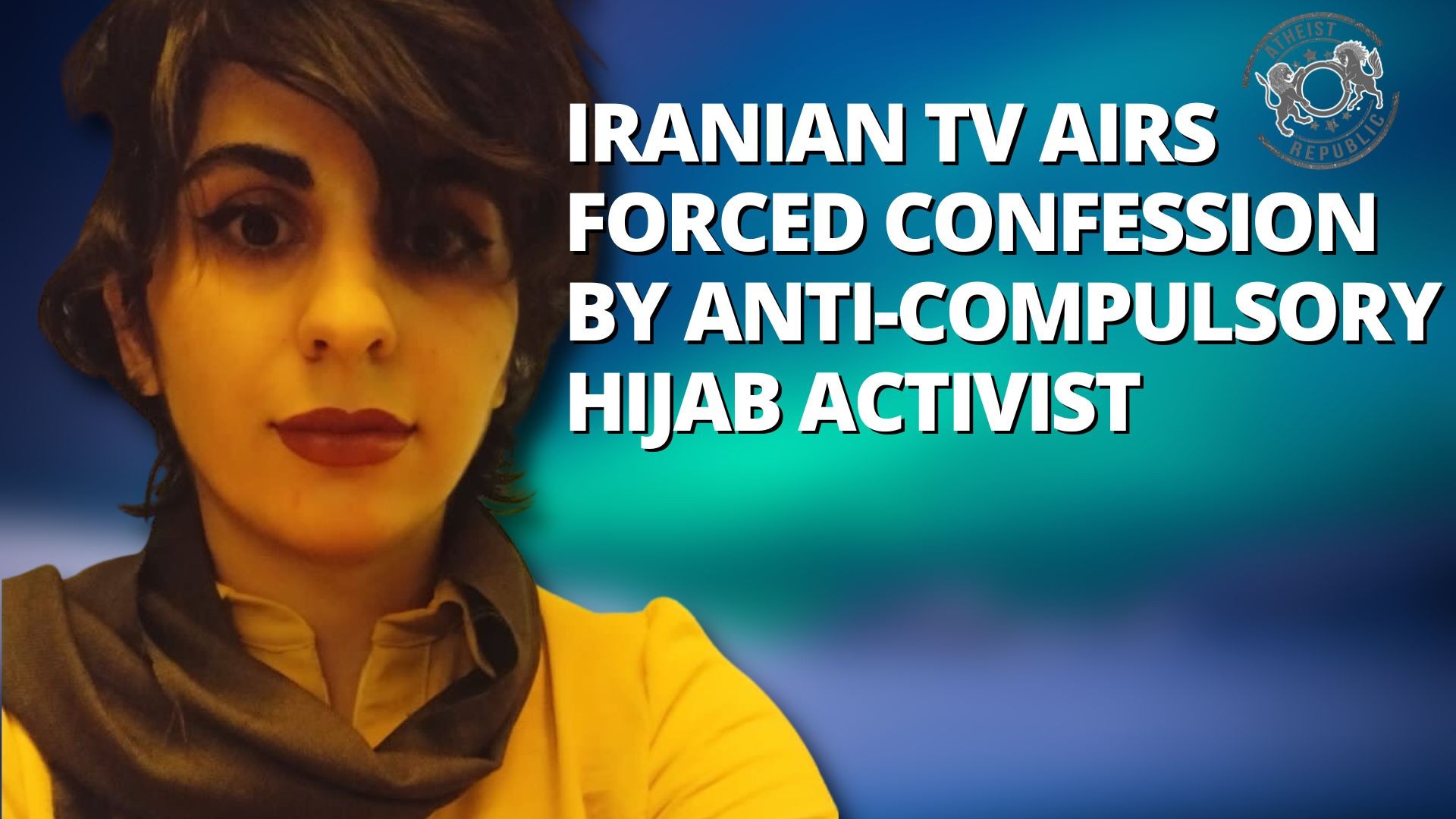
On July 30, a 28-year-old writer, journalist, editor, and activist of forced hijab appeared on national TV, making her “confession” a few weeks after her disappearance.
Sepideh Rashnu was arrested after a video circulated online of her being accosted on a Tehran bus by a veiled woman who rebuked Rashnu for not covering up her hair.https://t.co/Eb1R2jc7wR #truth
— IranWire (@IranWireEnglish) August 2, 2022
Sepideh Rashnu, a student of Tehran University and a resident of Khorramabad, was arrested in mid-July after a video circulated online of her being harassed by a woman on public transportation for not upholding the mandatory hijab.
The other woman threatened to send the video to the Islamic Revolutionary Guards Corps (IRGC) to show her riding the bus without wearing a hijab.
Rashnu was arrested after the video went viral and widespread concern grew over her whereabouts, with Iranians using the hashtag “Where is Sepideh?”.on Twitter.
Tweeting under English and Persian hashtags #WhereIsSpeideh and #سپیده_کجاست people, including Iran-based journalists, are protesting her arrest and her lack of access to family and lawyers. #سپیده_رشنو #حجاب_بی_حجابhttps://t.co/mIAeohdwD4
— Khosro Kalbasi (@KhosroKalbasi) July 29, 2022
Official media outlets have released a video of Rashnu, looking pale and wearing a dark brown shawl on her head. In the video, she confesses that she sent a video clip to an activist outside Iran and blamed herself for getting an injury during the quarrel.
Masih Alinejad, the US-based women’s rights activist, reposted the video on her Instagram with 7.2M followers and praised Rashnu’s courage.
In the official video, Rashnu is filmed sitting directly in front of the camera but avoiding looking into it. Her gaunt face and body language suggested that she had been forced to say lines that appeared to have been written by authorities.
According to the news agency of Human Rights Activists, HRANA, the regime authorities forcibly detained her to make a confession on national TV, which is a common practice of human rights violation.
Recently, videos of infamous morality patrols manhandling women, detaining, forcing them into vans, and whisking them away have been emerging on social media. They have made their presence more noticeable and displayed their harassment of women in several major cities, sparking outrage among Iranians.
Mahsa, one of the residents in Rasht, the provincial capital of Gilan, noticed their presence and said that morality patrols in the Golsar area of their place were few in the past. Still, several vans have been stationed in the area at all hours to arrest women this year.
An art student in Semnan, north central Iran, also narrated her recent arrest. According to Sima, the street was deserted after sundown, but morality patrols were stationed in Saadi Square 24 hours a day. One afternoon, she was getting money from an ATM when an agent tapped her shoulder and told her to cover her hair with her shawl, which had fallen on her shoulders. She did as told but was called out by the agent because her manteau (coat) was too short. She got angry and was then forced to get into the car and was taken to the police station to sign a pledge and pay 700,000 tomans ($166) for defying a government agent.
The same cases of illegal arrest have been reported recently with morality patrol cars and agents stationed around the city, waiting to grab women even because of varnished toenails.
